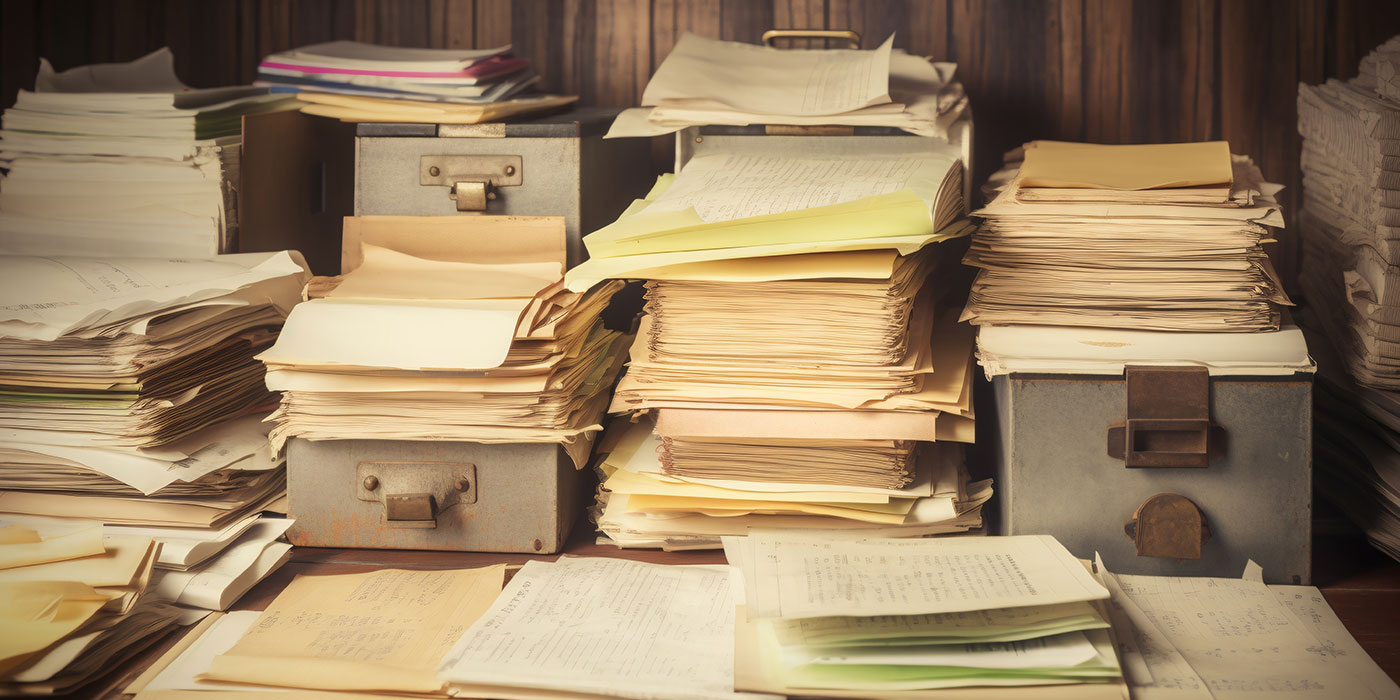As car dealers work to recover from months of uncertain sales in the shadow of the coronavirus outbreak, they need to be sure their marketing efforts are effective in capturing consumers’ attention and persuading them to make a purchase. Instead of promoting generalized advertisements that can leave audiences feeling undervalued or unrecognized, auto marketers should tailor their campaigns to speak to the unique mindsets and shopping behaviors of their target customers.
Because shopping is often heavily influenced by one’s racial and ethnic culture, marketers’ first step in creating engaging campaigns is understanding how these influences impact car buying specifically. Since 40% of the U.S. population is multicultural, failing to address audience nuances within their advertising means automotive marketers risk not connecting with an overwhelming fraction of potential shoppers. In today’s climate, every dollar of dealers’ marketing budget needs to count, so it’s crucial for their strategies to be well informed on their intended audiences to drive ROI.
Here are the best practices for marketing vehicles in the current landscape and capitalizing on consumer variables.
1. Play to Media Preferences
Multicultural consumers demonstrate a promising correlation between their likelihood to consider a given car brand and frequency of media usage on their preferred channels. Nielsen’s Annual Auto Marketing Report details how media usage varies across multicultural groups, like how Asian Americans are more attentive to print advertising than any other group. With an understanding of how to best attract consumers’ attention, dealers can enhance their campaigns’ chances of making an impact. And to maximize their reach, dealers can build a dynamic omnichannel campaign, sharing their messaging across multiple mediums, to affirm their relevance in consumers’ minds.
2. Make TV the Backbone of Auto Campaigns
Despite all the new and innovative platforms flooding the world of digital media, TV persists as the top source of ad recall across all multicultural groups. This is especially true for Black consumers, who spend more than 50 hours a week watching TV, even without the stay-at-home advisories in effect (that’s 30% more time than the general population). For dealers, that level of consumption pays off; Black consumers who are heavy TV users seriously consider two more brands than light TV users do. While a savvy campaign should be deployed across multiple channels, TV is an essential component.
3. Use Digital’s Targeting Capabilities to Drive Engagement
With people spending more time consuming digital media in light of the pandemic (for example, the average U.S. adult is spending an additional 23 minutes per day on their smartphones), dealers have a massive opportunity for connecting with audiences online. Considering multicultural consumers are particularly receptive to ads they see online (especially Hispanic car shoppers), dealers should make the most of this opportunity by using digital targeting and personalization capabilities. With these tools, they can present demographic-specific messaging that’s more likely to build a connection with consumers than general promotions.
4. Be Sensitive to Customers’ Realities
Whichever channels dealers choose to advertise on, it’s crucial the messaging they promote is sensitive to their consumers’ current realities. The ongoing pandemic has created many hardships for Americans — finances being just one of them — which is why campaigns that exclusively encourage audiences to make big purchases as soon as possible risk sounding tone deaf.
5. Measure Ad Effectiveness
Assessing how well ads are performing based on gut feelings alone can mean auto marketers are pursuing advertising tactics that don’t actually yield ROI. Especially for dealers deploying omnichannel campaigns, it’s crucial to have the ability to identify which specific channels are driving customer engagements and which ones needs to be adjusted. With measurement tools to calculate individual channels contribute to dealership revenue, auto marketers can continually be crafting informed campaigns that drive results.
6. Stay Informed on Audiences to Secure Sales
While current challenges may be hindering their abilities to invest in new vehicles, Black, Hispanic and Asian American consumers represent a major future market opportunity for dealers. Less entrenched in their car preferences than the general population, these groups are more receptive to learning about new car brands, even if they’re well along their path to purchase when they first encounter them. By understanding how multicultural consumers differ in shopping behaviors, dealers can build marketing campaigns that effectively connect with customers in their communities.
For more insights on marketing to multicultural consumers, read Nielsen’s full Annual Auto Marketing Report.














